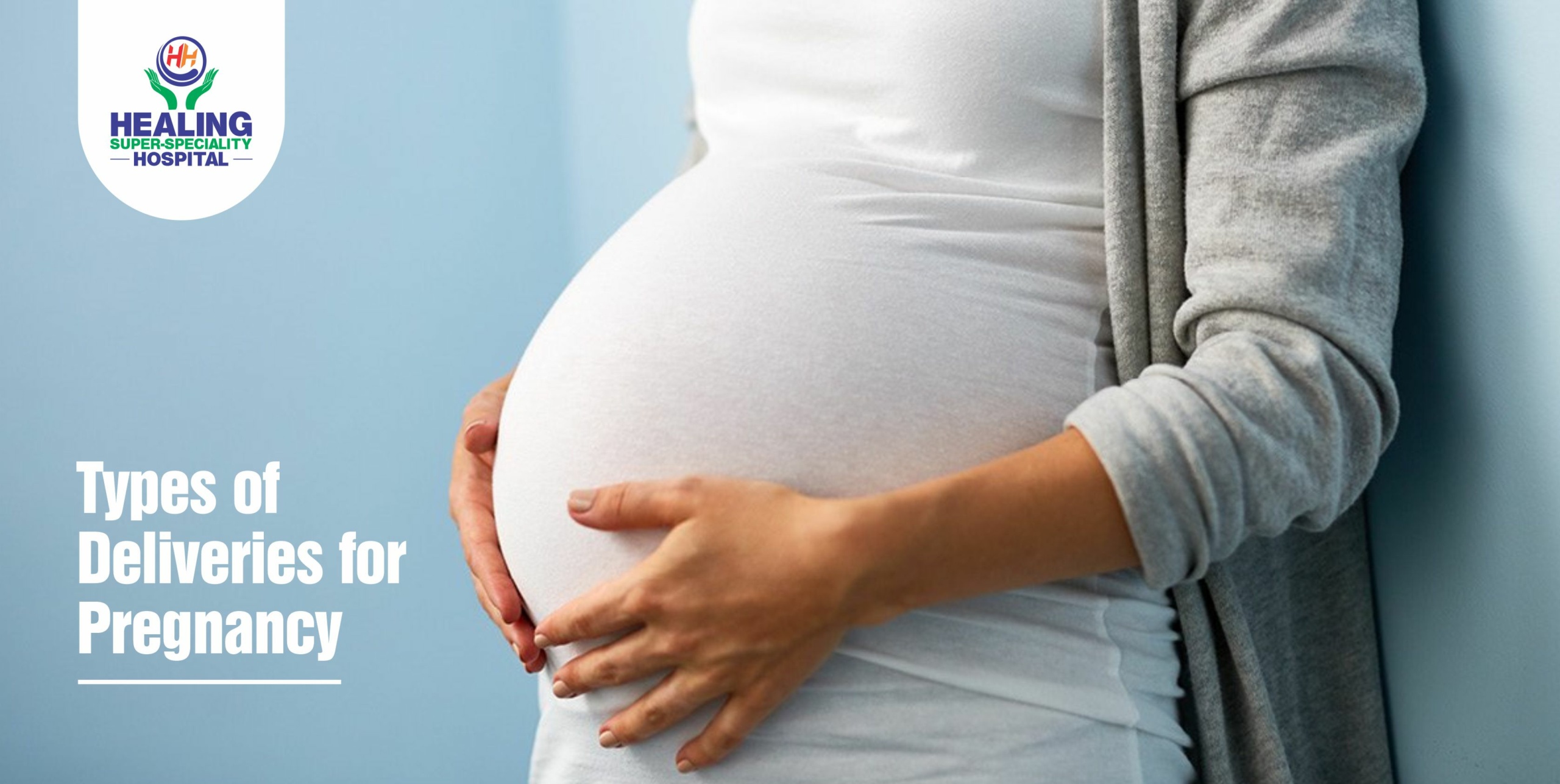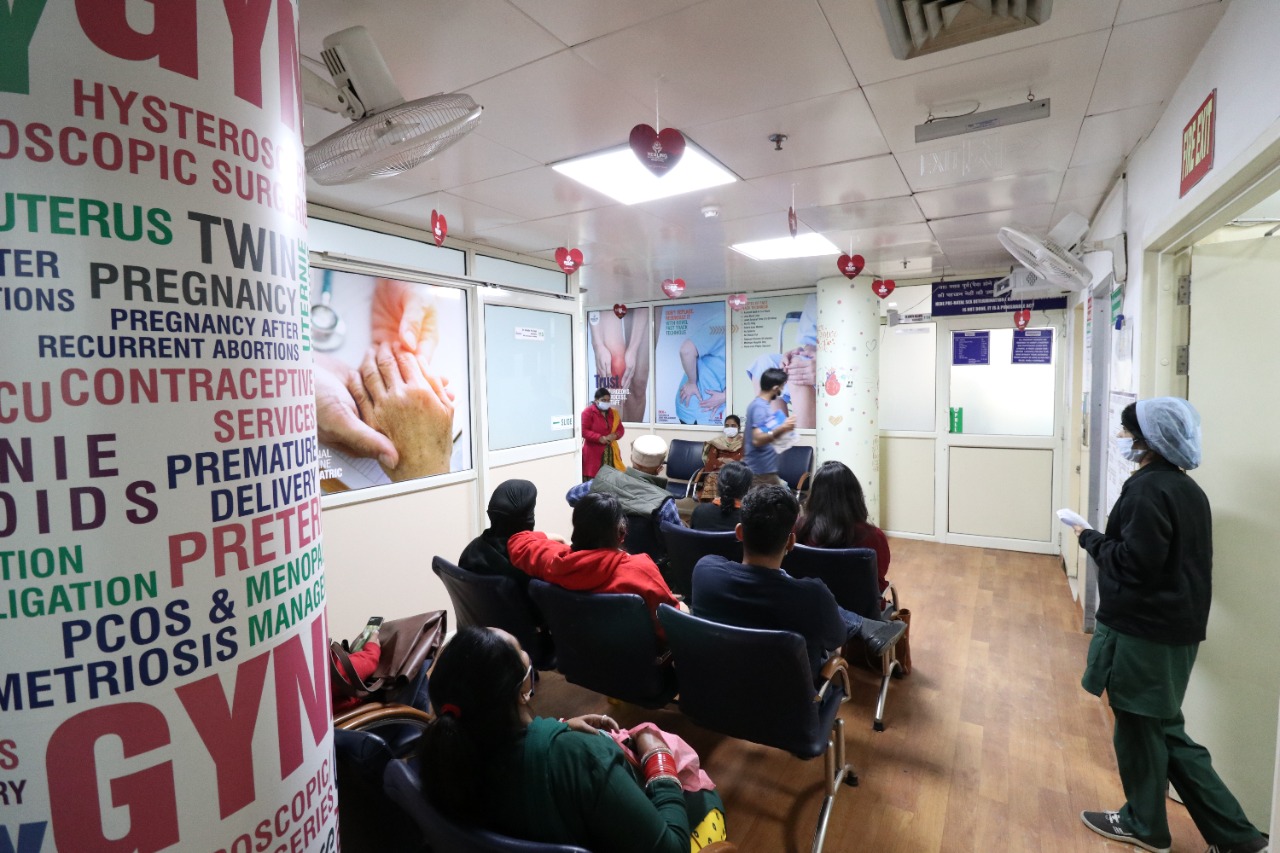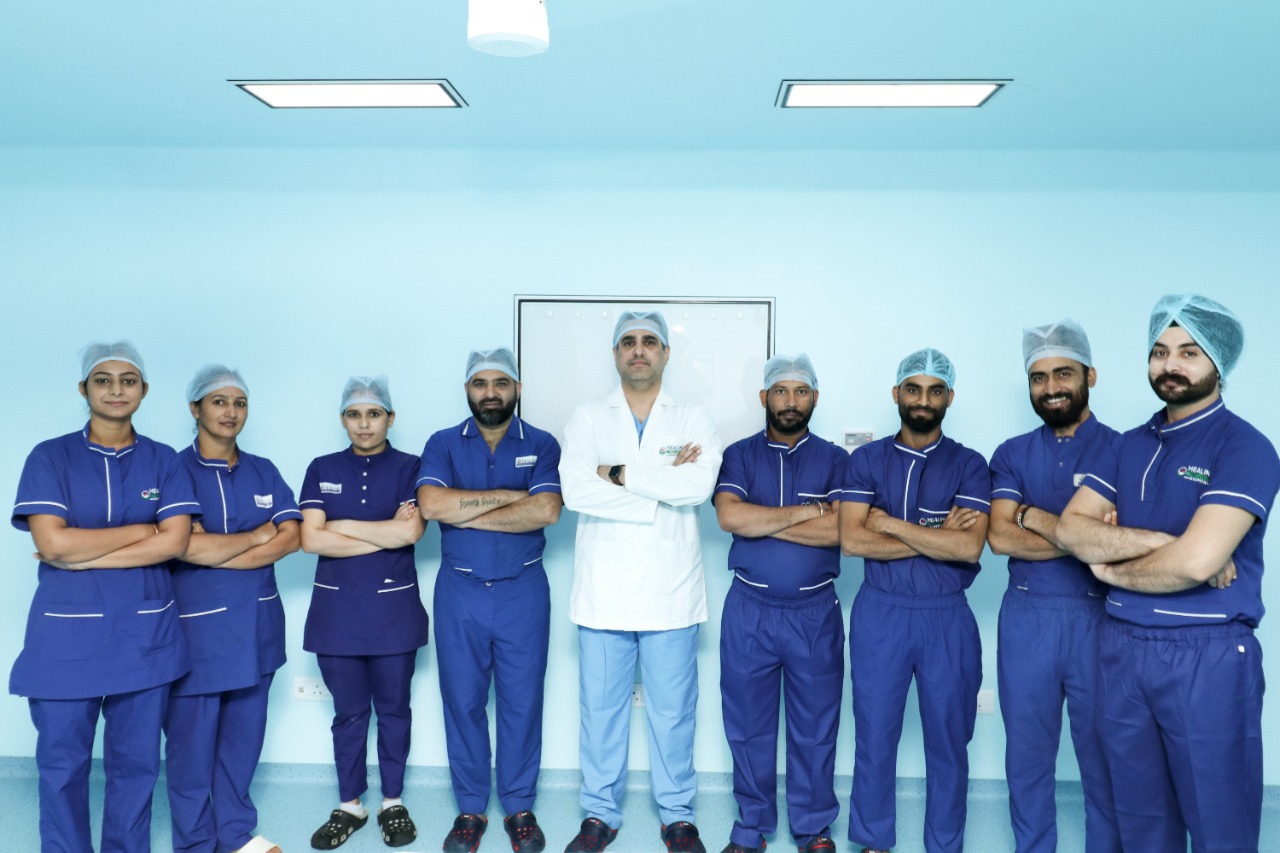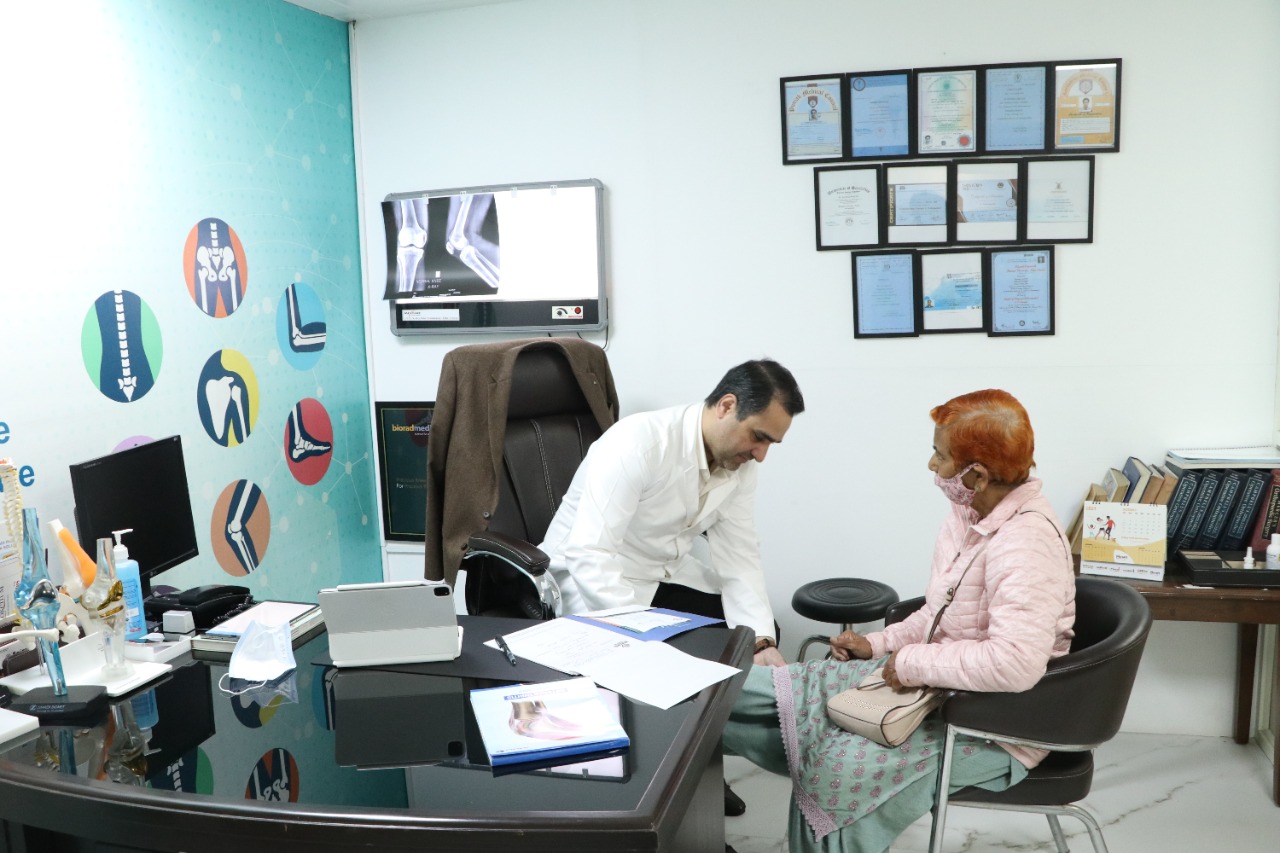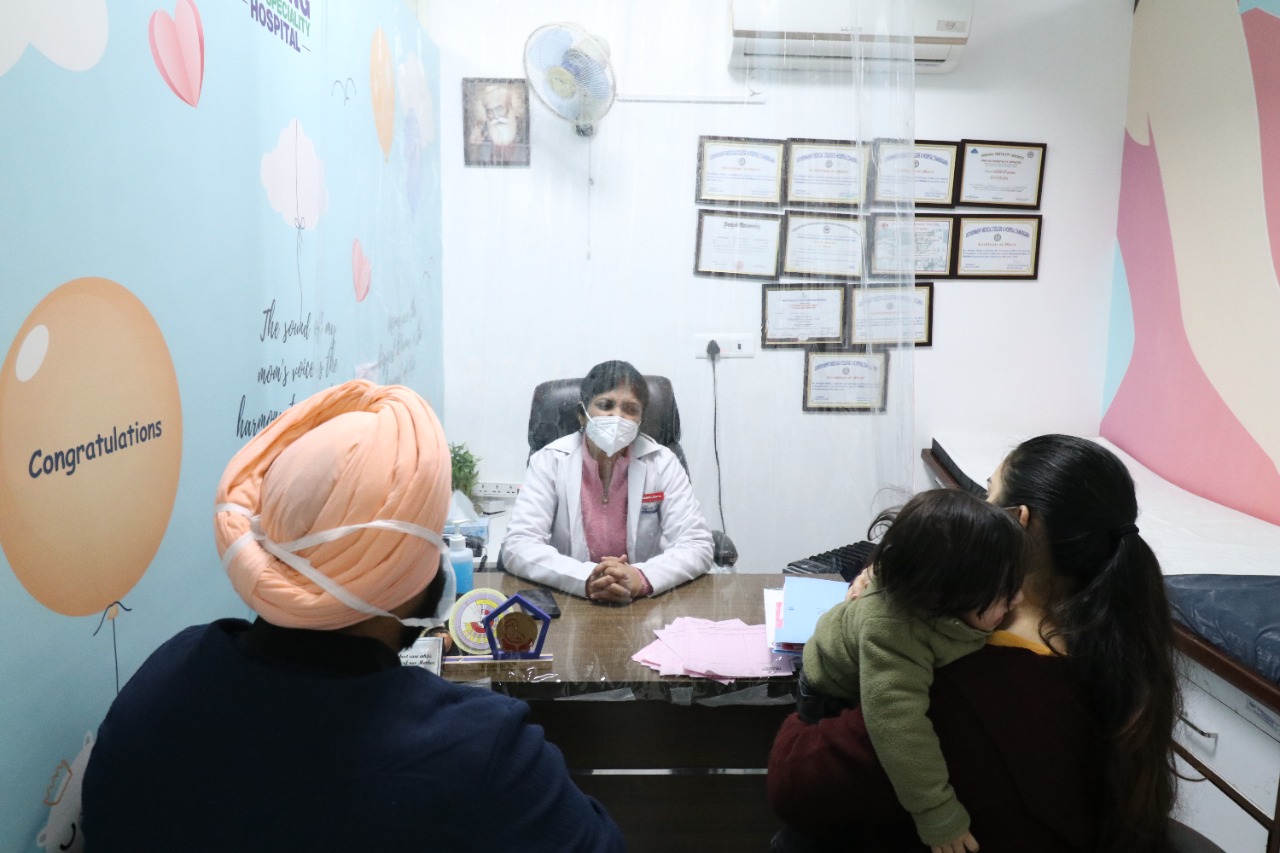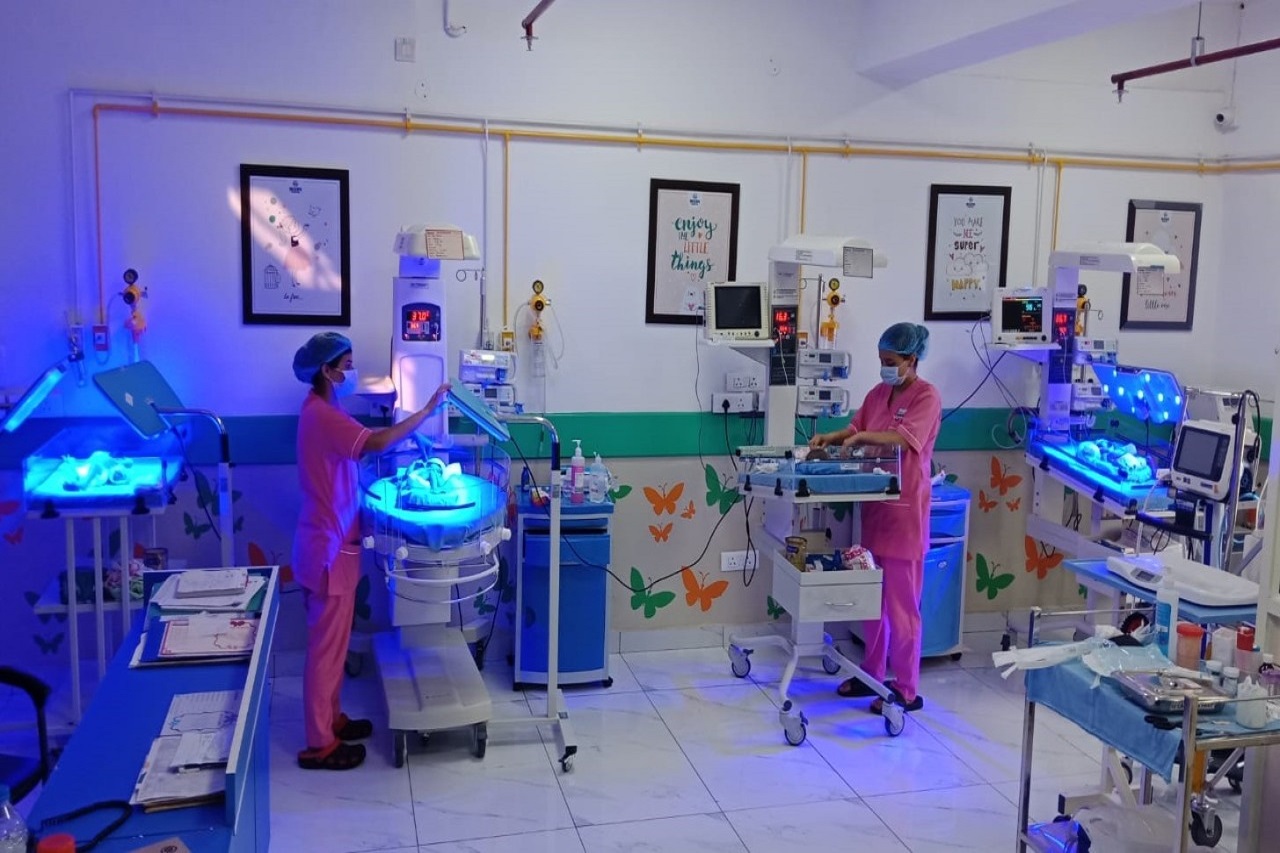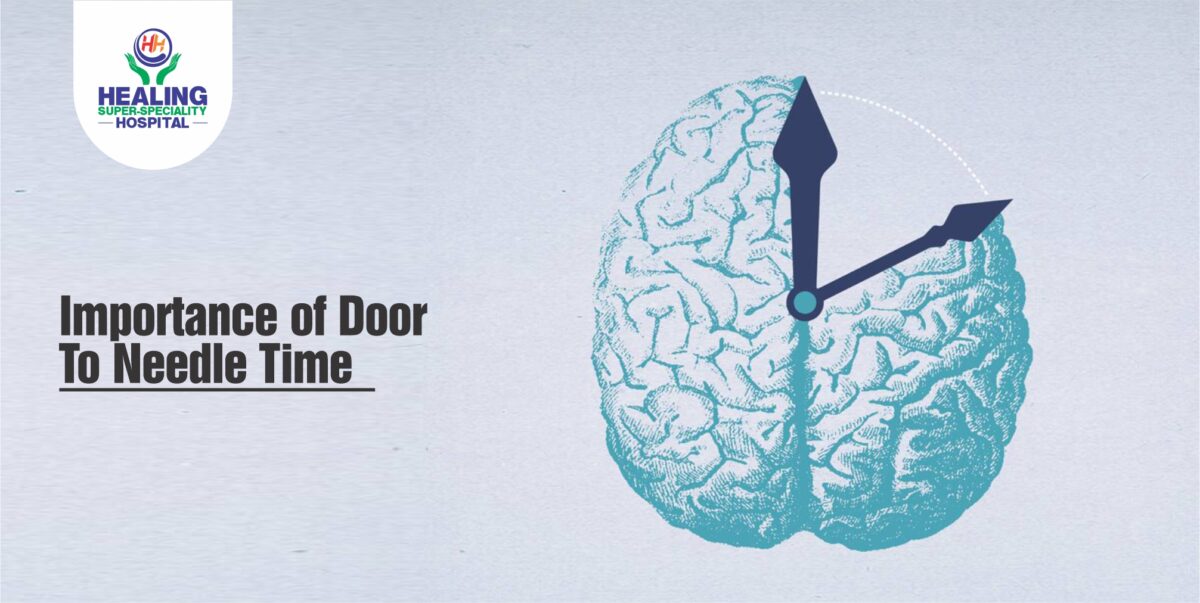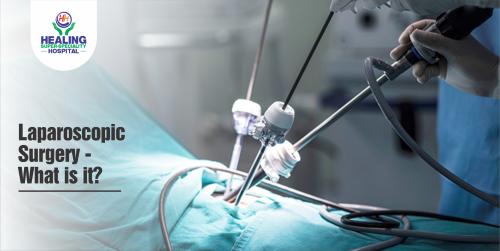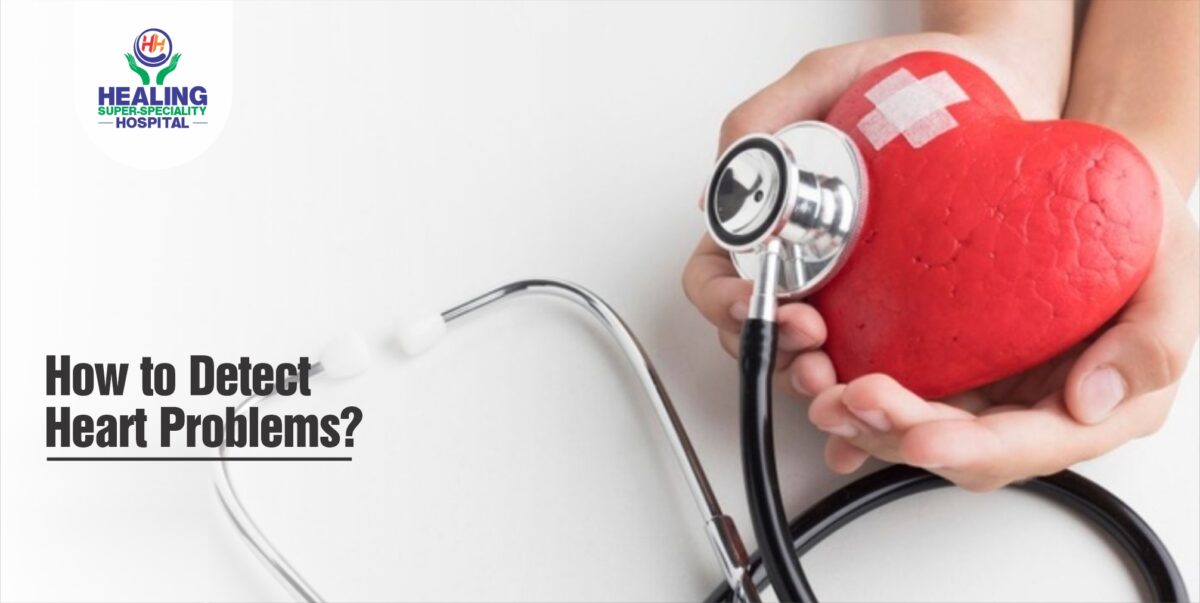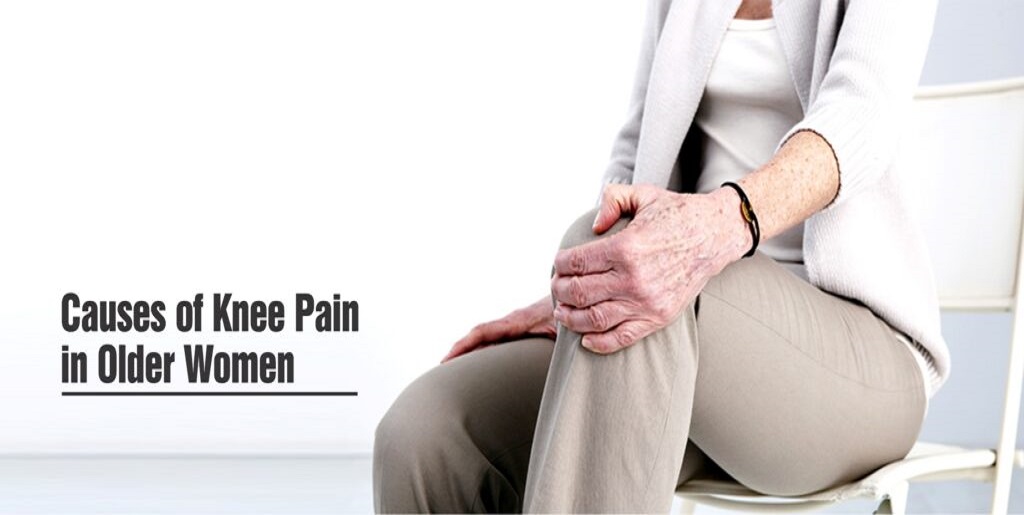Bringing a child into the world is a huge accomplishment. Although vaginal delivery is still the most common method of giving birth, new approaches can benefit labouring women in a variety of ways, including reducing pain and smoothing the delivery process. Medical science has established a variety of strategies for ensuring a successful delivery, even in the face of any challenges or risks.
|
Contents: 1. Unassisted vaginal delivery 2. Assisted vaginal delivery 3. Caesarean section 4. Vaginal birth after caesarean (VBAC) 5. Painless delivery |
Here are the most common types of deliveries for pregnancies:
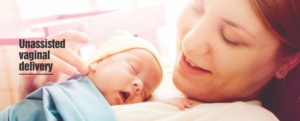
- Unassisted vaginal delivery: The most common and safest method of childbirth is vaginal delivery. It is often referred to as “natural childbirth” that takes place without the use of pain medication or other methods to initiate or speed up labour. Some ladies although do opt for additional medical assistance during delivery, such as a heart monitor for the baby.
Click here to know about maternity package in Chandigarh
- Assisted vaginal delivery: When assisted delivery methods are required, they must be used. While labour might be a simple, uncomplicated procedure, it may necessitate the assistance of medical personnel. This assistance might range from medications to emergency delivery methods.
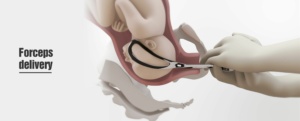
- Forceps delivery: In some situations, the doctor may need to use forceps to cup your baby’s head and guide the infant down the birth canal.
- Vacuum extraction: Vacuum delivery is similar to forceps delivery. In this procedure, the doctor uses suction to place a plastic cup to the baby’s head and gently pull the infant out of the birth canal.
- Episiotomy: This is a surgical procedure that involves cutting the tissue between your vaginal opening and your anus. This tissue is called the perineum. Doctors once believed that it avoided big vaginal tears during childbirth, but subsequent evidence indicates that this is not true. Many doctors today only perform this operation if they need to deliver the baby soon.
- Amniotomy: This procedure is also called “breaking your water”. Here t he doctor makes an opening in your amniotic sac with a small plastic hook. During this time, y ou might feel a flow of warm fluid.
- Induced Labour: Through this procedure, the doctor will start contractions before labour starts on its own. Induced labour may be proposed by your gynaecologist if they are concerned about your or your baby’s health.
- Caesarean section: A caesarean section, sometimes known as a C-section, is a medical procedure in which the baby is delivered through the mother’s belly. When unanticipated difficulties emerge during delivery, these procedures can be scheduled or advised by the doctor.
Wondering about baby delivery charges in Chandigarh? Click here to know all about it: https://healinghospital.co.in/gynecology/
- Vaginal Birth After Cesarean (VBAC): After a caesarean section, a woman’s odds of having a vaginal delivery are almost non-existent. However, in recent years, various procedures have made it possible for women to have successful vaginal deliveries even after a previous C-section delivery. This is called vaginal birth after caesarean (VBAC).
- Painless delivery: When an epidural injection is administered by an anaesthesiologist for pain management during labour, it is referred to as a painless delivery. It is injected into the lower back, and a plastic tube is inserted around the spinal cord through which medications are distributed. When you’re in active labour, which means you’ve had at least three contractions in the last ten minutes, it’s injected once.
Although an epidural does not usually provide complete pain relief, it does significantly lessen discomfort and feelings in the lower body. Natural approaches such as warm showers, massages, and exercises can also help manage pain in early labour.
Birthing methods each have their own set of benefits and drawbacks. The priority should always be on ensuring that the baby is delivered safe and healthy, and that the mother is kept safe during the delivery process. Speak with your gynaecologist and decide what is best for you and your child. Happy motherhood!




